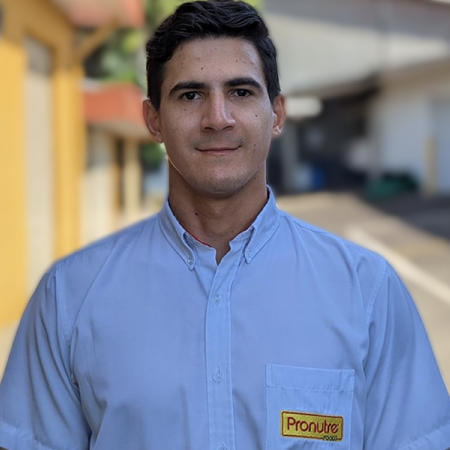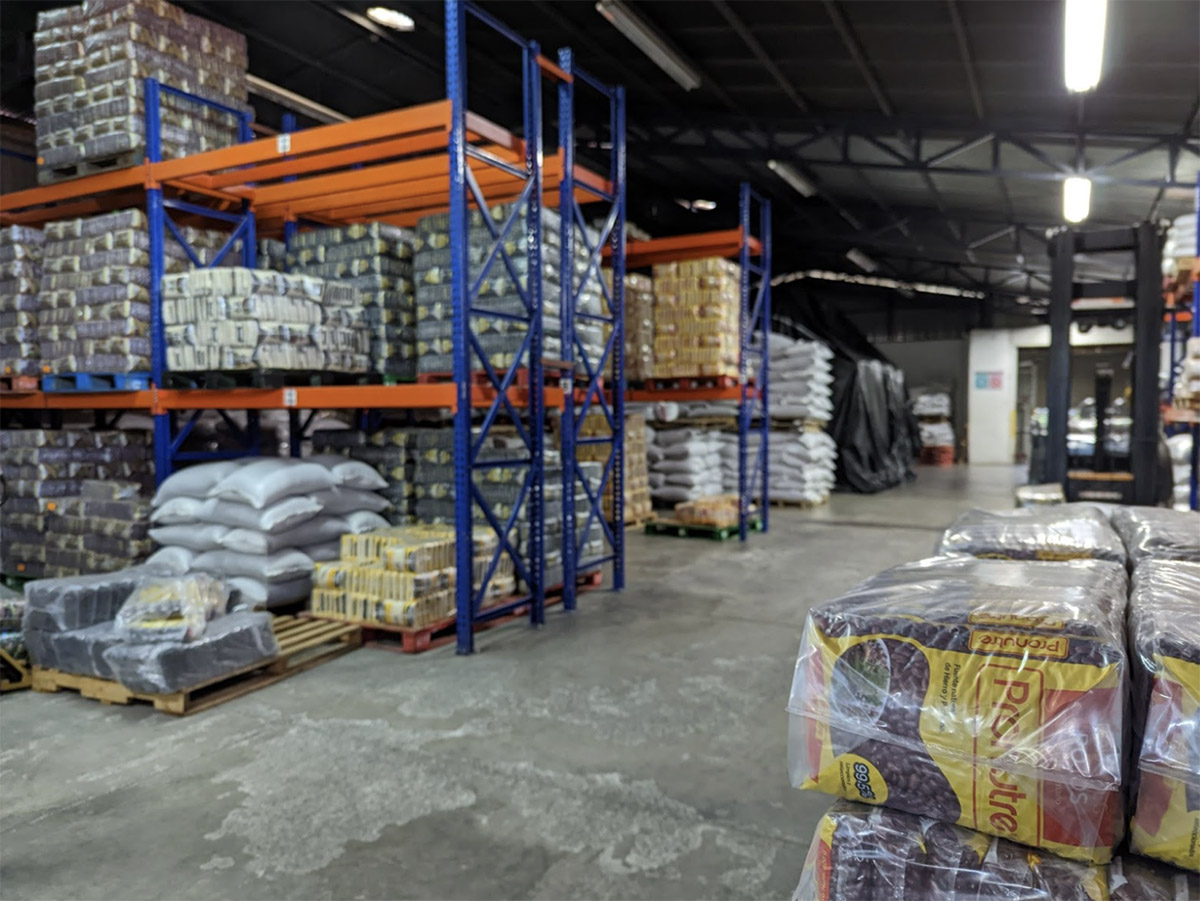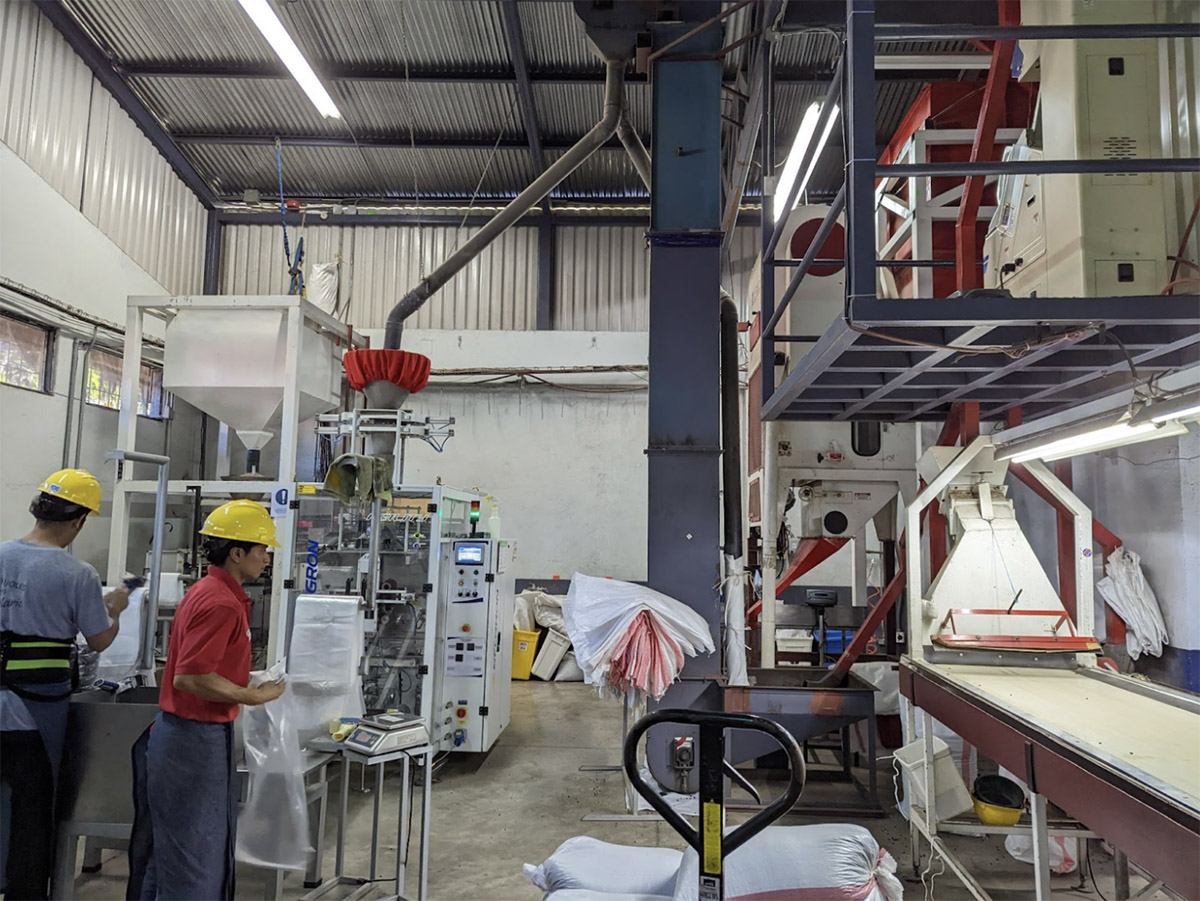November 1, 2022
Luke Wilkinson met Jean Marco Campos of Costa Rican bean specialists, Pronutre to discuss the country’s long history of eating pulses and the importance of their fruitful trade relationship with the USA.


We are a family-owned company, a Costa Rican family. My grandfather started out around 60 years ago as one of the first people to package corn. When he retired around 30 years ago, my two uncles and my father started this business, Pronutre.
For about 24 years, we mainly traded in red and black beans then after that we also started getting into rice – that's when I started working in the company around seven years ago. I'm 29 now, but I started when I was 22 and still in college!
I'm the chief operations officer and I do a little bit of everything but my focus is basically everything related to operations. Our international buying process goes through me, so all the raw material we buy internationally is my responsibility. I'm also in charge of sales for certain trade routes.

We import and process beans, also some lentils and chickpeas too. We get pretty much all our black beans from the US; we get them from cooperative companies or elevators and have been doing so for around 10 years. It's been very good business - we bring in around 3400 metric tons every year, around half of which is US black beans.
We also do lentils from Canada and chickpeas from Mexico. Some of the beans also come from Argentina. We deal a lot with Nicaragua too - we are starting a small operation there, in fact.
We are expanding operations there so we can lower our costs - around 80% of our red beans come from Nicaragua. They produce a lot of red beans. So we process them, pack them in small two pound bags then distribute them around the country – I'd say around 1600 MT in total.
Traditional cuisine is based on rice and beans, yes, so traditionally we would eat rice and beans in the morning, which is called ‘Gallo Pinto’ - this is very common in Latin America but everybody has a different name for it!
For lunch we also do rice, beans, and maybe chicken or beef or something like that. For dinner - same thing.
Yes, it's been happening more and more over the last few years. I would say that the Covid crisis really helped us from a business perspective as prices started rising for every type of food. People started going towards more cost-effective food options and beans are one of those options. We also import rice, so we cover the whole package for basic nutrition.
Well, most of the pulses we've grown have only ever been black and red beans. That's the central American kind of red bean – the silk variety. Pineapple is a really big thing here now. Most of the fields that were focused on beans have gone to pineapples - I would say around 80% of them.
In the northern part of the country that’s flatter, those areas are better for pineapples, but in the southern part of the country, which is mostly mountains, they do still grow beans there. They're very delicious, high-quality beans that generally make up around 15%-20% of our consumption, but that figure is going down.

Yes, I think I am attending the Americas Pulses Congress, but that’s not only because it's in Cancun, though! I'm very interested in learning more about the whole machinery of the American pulses market. I attended a convention for the USDBC in Nashville in July and it was a good experience, so I think it's very important to attend these kinds of events.
We understand the Costa Rican market, but we haven't been out of our market too much and, as nobody in my family speaks fluent English, the language was a barrier for us to get in touch with the market. So I've been getting more involved as I’ve learnt more English. That way we've tried to learn more about the forces that are involved in the variations of those markets that we may benefit from, or be damaged by - hopefully the former, of course.
The US has become a very important supplier for black beans over the last 10 years as our domestic production has gone down and down.
The beans that are grown in America are very good for the Costa Rican market because we have a very delicate consumer.
Our consumers like specific sizes and specific looks – they have to be a bit shiny, because central American beans are mostly shiny. American beans have become very important as a result of this, and the fact that we have very high import taxes from Canada, so if you import beans from Canada you have to pay around 35% taxes. We have a treaty with the US that lets us import black beans with 0% tax. Lentils, however, can be imported from Canada with 0% tax, but Costa Rican consumption of chickpeas and lentils is very low.
We do a few containers a year from Mexico. Right now it's probably half and half, actually, between Mexico and Canada. We're trying to sell Mexican black beans here in Costa Rica, but they’re usually a bit big for our market and grow too much when they're cooked, although we did try four containers of Mexican black beans this year and did well with them.
There are a few companies selling those types of products here. Costa Rica is a country that really cares for the environment; we try to be at peace with the environment because we have a very green country. We love nature and love to spend time in it.
The growth of meat alternatives has impacted mostly young people. Among my friends, we don't eat many of those alternative foods but my younger brother is seventeen and his generation is reducing their meat consumption.
There are still a lot of people in Costa Rica that need the type of products we sell because they can't afford the high-priced super foods. They need a good, nutritious alternative that is both healthy and affordable. We want to be an important player in meeting that need. I think that's a social duty we have as a company.
We're also looking at options for expanding to Central America, because our market here is small as we're only 5 million people in Costa Rica. We are trying to sell to different countries around Central America as well.
I think the next step I would like to see for us is to move into value-added products related to pulses, like snacks. I think we can create a very good alternative to unhealthy snacks. Pulses are nature's gift, right? They're easy to process, easy to transport, and they last forever, so we need to start using them in new ways.
Disclaimer: The opinions or views expressed in this publication are those of the authors or quoted persons. They do not purport to reflect the opinions or views of the Global Pulse Confederation or its members.